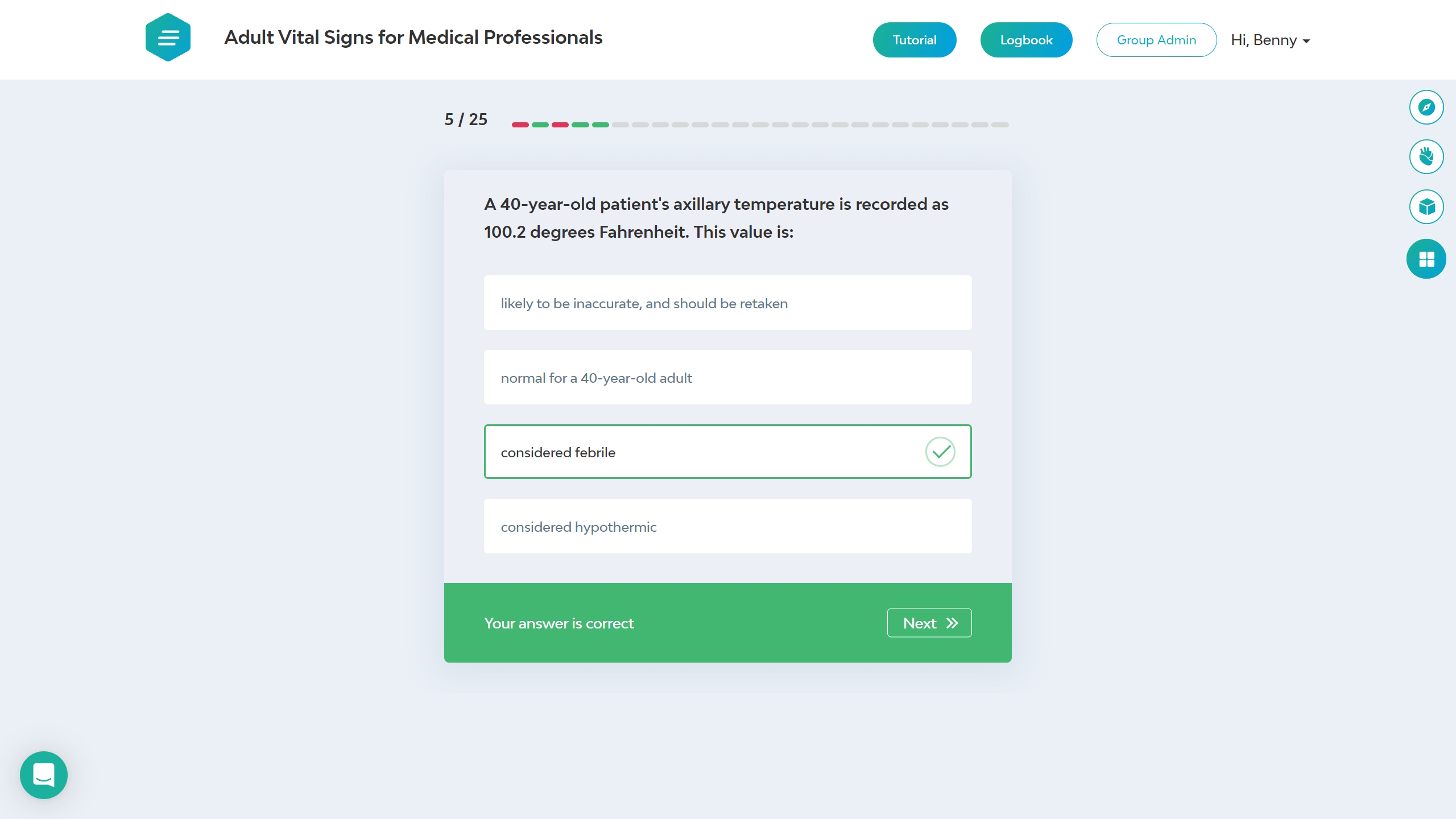Purdue Global’s Innovative Approach to Medical Assisting Training
Combining cutting-edge technology with hands-on experience to train the next generation of medical assistants.
When Dr. Tricia Berry was asked to teach medical assisting online back in 2006, her initial reaction was, “That’s crazy!” Fast forward more than a decade, and now part of Purdue University Global, Tricia and her team have demonstrated that their unique approach to blended learning truly works to ensure future success for their students. Their proven method combines interactive technology with hands-on clinical experience to create competent and confident medical assistant graduates.
When Dr. Berry began teaching online medical assisting programs, the only available tools for online teaching were basic text, images, and the occasional video. There was little opportunity for students to get hands-on practice using the skills they were studying. But when Dr. Berry discovered online simulations, that all changed. “SIMTICS simulations are as close to the real world as you could get. What happens when you pick the wrong needle, place it at the wrong angle, or give the wrong medication? You’ll find out without the high-stakes consequences,” says Tricia.
Chris Hollander, a faculty member at Purdue Global and a Certified Medical Assistant with over 30 years of experience, shares this enthusiasm. “When I first saw SIMTICS, I felt like a kid in the middle of a candy store with a discount card! The challenge for online teaching is helping students visualize what they need to do. With SIMTICS, students can step through procedures, making decisions along the way. They can practice as much as they want, where they want, so when it’s time to work in the clinic, they know what to do.”
Students are also excited about simulation-based learning. The simulation platform they use offers instant feedback on their decisions during simulated procedures, along with detailed explanations, 3D and 2D anatomy images, and videos from expert practitioners. “When students are practicing a procedure and receive corrective feedback, they can pause and work out what they did wrong, what they need to know, and do differently,” Chris explains. This process encourages critical thinking and boosts student confidence as they can practice as many times as they need to until they’ve mastered the skill.
Once students feel ready, they can complete a test-mode simulation to gauge their proficiency at real-world procedures. Successful completion results in a certificate of achievement, a valuable addition to their credentials. “The certificate is the ‘refrigerator piece’ for the students,” says Chris. “But more importantly, the analytics provided by SIMTICS help instructors and clinical managers identify where students excel or need more support. Being able to practice skills repeatedly online transforms weaknesses into strengths.”

Tricia admits that she is often approached by vendors with new educational tech tools, but she and Chris were convinced by SIMTICS not just for its competitive pricing and seamless integration with Purdue’s platform, but also for the credible support behind the product. “It was the right time and right opportunity for us and the perfect product for our students,” Tricia reflects. And they haven’t looked back since.
Power Up Your Training Program
Let’s explore how simulation-based training can transform the way your team learns and performs.

